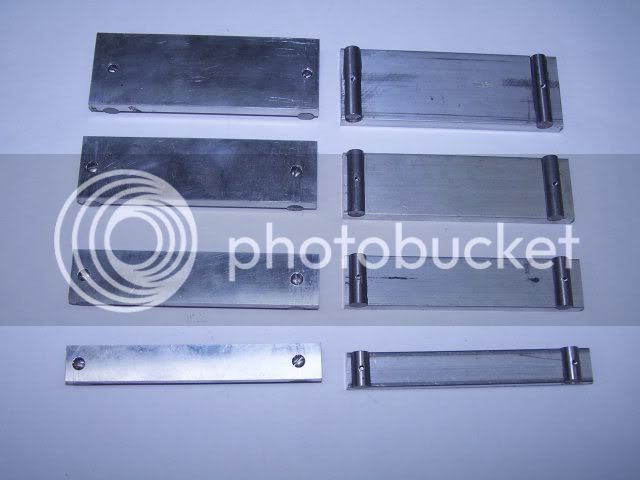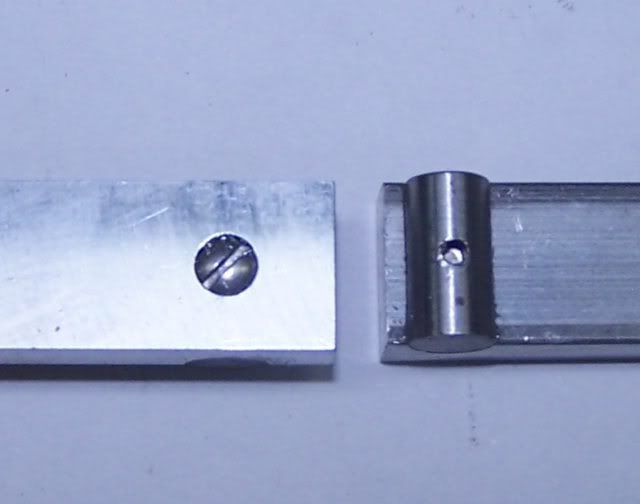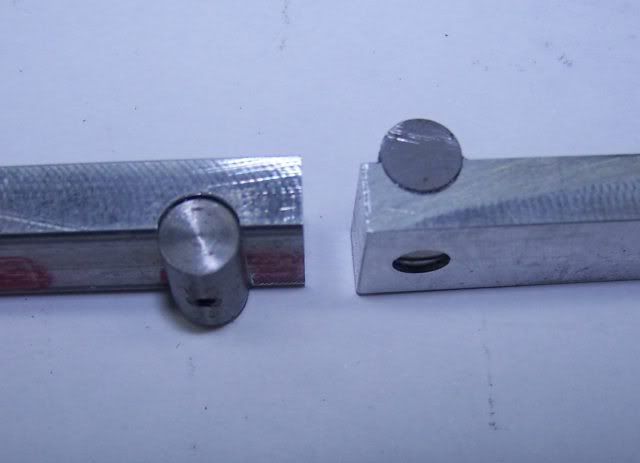- Joined
- Jun 24, 2010
- Messages
- 2,447
- Reaction score
- 969
I'm looking at getting a sine vise for angle setting in the mill & therefore gage blocks to set up. Just happened to be looking at Fowler as reasonable shop-grade cost option. There isn't an appreciable price difference between a 36 & 81 block set.
I've read up on the basics of making up stacks to achieve resultant angles. But without doing the math against the available thickness permutations is there a rule-o-thumb like a 36-set get you to within a (negligible to me) 1/4 degree or so? Usually I would just say bigger is better. OTOH, if I don't need a suitcase of specialized sizes then maybe 36 is fine?. Any other reasons a person would regret buying 36 over an 81?
direct link if my screen grab isn't clear
http://jwdonchin.com/Fowler/Catalog/FowGageBlocksSetMaster.pdf

I've read up on the basics of making up stacks to achieve resultant angles. But without doing the math against the available thickness permutations is there a rule-o-thumb like a 36-set get you to within a (negligible to me) 1/4 degree or so? Usually I would just say bigger is better. OTOH, if I don't need a suitcase of specialized sizes then maybe 36 is fine?. Any other reasons a person would regret buying 36 over an 81?
direct link if my screen grab isn't clear
http://jwdonchin.com/Fowler/Catalog/FowGageBlocksSetMaster.pdf
































![TurboCAD 2020 Designer [PC Download]](https://m.media-amazon.com/images/I/51UKfAHH1LL._SL500_.jpg)



























![DreamPlan Home Design and Landscaping Software Free for Windows [PC Download]](https://m.media-amazon.com/images/I/51kvZH2dVLL._SL500_.jpg)






![MeshMagic 3D Free 3D Modeling Software [Download]](https://m.media-amazon.com/images/I/B1U+p8ewjGS._SL500_.png)






